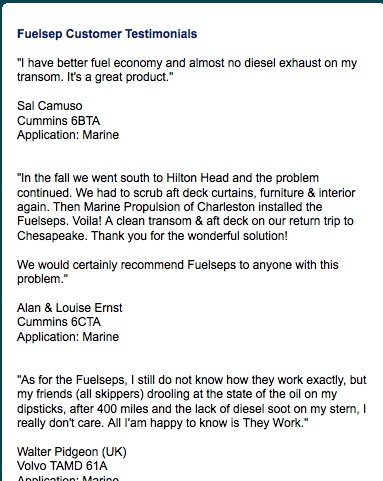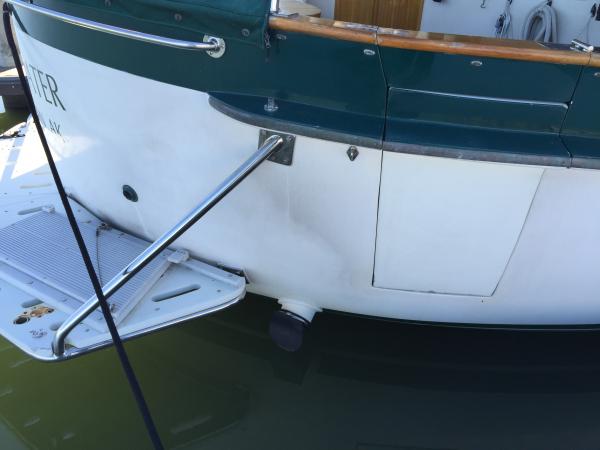Britannia
Wannabe
Well I suppose this sounds like a personal problem. However, I have a dirty butt! Every time I go out the soot from the exhaust makes a mess on the gelcoat on that is hard to remove without a deep clean and some local waxing. My boat cleaning guy says most of the boats he works on don't have this problem - though one of them does.
Does anyone else have a similar problem? Could it be to do with the emissions from my engine being somehow out of whack? Or perhaps it's something to do with the airflow around my canoe stern? Old gelcoat? Or maybe all the other boats my guy cleans never leave the slip?!?
I'm interested in other people's experiences.
Thanks
Richard
Stillwater
KK54 #5
Does anyone else have a similar problem? Could it be to do with the emissions from my engine being somehow out of whack? Or perhaps it's something to do with the airflow around my canoe stern? Old gelcoat? Or maybe all the other boats my guy cleans never leave the slip?!?
I'm interested in other people's experiences.
Thanks
Richard
Stillwater
KK54 #5



